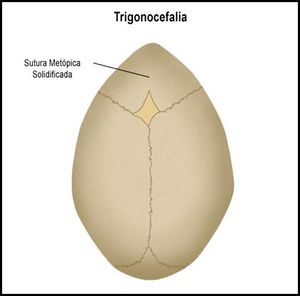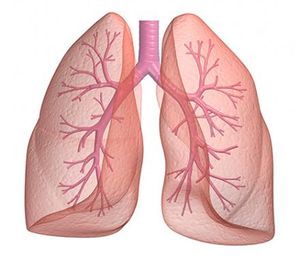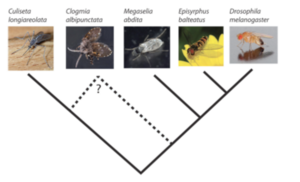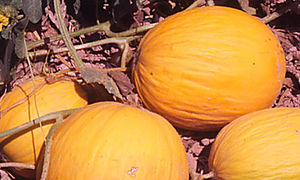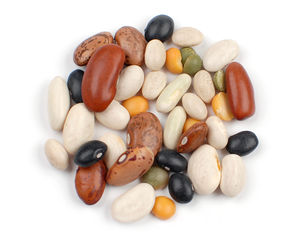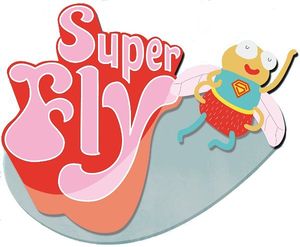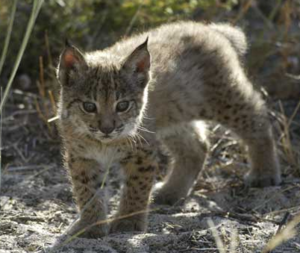ProjectsBlocks
From Bioinformatics Core Wiki
Saca La Lengua
‘Stick Out Your Tongue’ (‘Saca la Lengua’) is a citizen’s science project that aims to study the mouth’s microbiome and its possible relationship with our environmental characteristics and lifestyle. The Bioinformatics Core was deeply involved in this project by setting up a number of procedures to handle and process big volumes of metagenomics data. For more info visit http://www.sacalalengua.org/
Opitz-C syndrome
The C syndrome, also known as Opitz trigonocephaly syndrome, is a malformation syndrome characterized by trigonocephaly, severe mental retardation, hypotonia, variable cardiac defects, redundant skin, and dysmorphic facial features, including upslanted palpebral fissures, epicanthal folds, depressed nasal bridge, and low-set, posteriorly rotated ears (summary by Kaname et al., 2007). The Bioinformatics Core collaborated with groups of University of Barcelona in the analysis of the genome of a person affected by this disease and her parents to detect the putative causative mutation(s).
Lung microbiome in COPD patients
Different Catalan institution (Hospital San Pau, Clinic, hospital del Mar) are collaborating in a project aimed to investigate the microbiome located in the lung of patients affected by chronic obstructive pulmonary disease (COPD). The Bioinformatics Core is part of this project contributing with the data processing and analysis obtained by 16S sequencing. # should we mention that the project was awarded of a FIS grant etc? #
Annowiki
Annowiki is a semantic mediawiki based platform aimed to host, display and manage huge amount of genomic annotations in a collaborative fashion. This advanced Content Management System (CMS) is currently under development in the Bioinformatics Core. Here a poster illustrating the application: http://www.slideshare.net/lucacozzuto/annowiki
Wiki-based CMS for Core Facilities
The Bioinformatics Core developed a number of semantic mediawiki LIMS (Laboratory information management system) aimed to store and control the modern laboratory's operations. Here an implementation currently in use in the CRG's facility of proteomics: http://proteowiki.crg.eu/wiki/Proteomics_Wiki:Joint_CRG/UPF_Proteomics_Unit
De novo genome assembly of three different flies
The Bioinformatics Core collaborates with the group of Yogi Jaegher to the genome assembly of three non-drosophilid diptera: Clogmia albipunctata, Megaselia abdita and Episyrphus balteatus. We previously published the de novo transcriptome of those flies [1].
Mycoplasma DB
MyMpn is an online resource devoted to studying the human pathogen Mycoplasma pneumoniae, a minimal bacterium causing lower respiratory tract infections. M. pneumoniae is also an interesting model organisms for the development of systems biology for unicellular organisms. The Bioinformatics Core designed and developed this database to host a wealth of omics-scale datasets generated by hundreds of experimental and computational analyses generated in the context of the mycoplasma project, an international collaboration between the The Design of Biological Systems Group at the CRG Barcelona and different research groups at the EMBL Heidelberg. For more information visit http://mympn.crg.eu/ or read the paper [2].
Melon genome project
Melon (Cucumis melo L.) is a cucurbit with high economic impact and a well-known and appreciated product in Europe. Spain is the fifth world producer and the main exporter. Genoma España, a Governmental Foundation that promotes the development of research in Genomics and Proteomics, funded in 2008 the Project: "Development of genomic tools in Cucurbits, including the sequencing of the melon genome and its application for breeding these crop species", "MELONOMICS". The Bioinformatics Core contributed to this study by predicting small non coding RNAs and detecting resistant genes predicted from the genomic sequence. Visit https://melonomics.net/ for more information or read the paper [3].
Common Bean genome project
The Bioinformatics Core collaborated with an international consortium to decode the Mesoamerican common bean (Phaseolus vulgaris). The findings are reported in the journal Genome Biology [4]. The contribution of the core was to identify small ncRNAs and to assign functions to genes predicted from the genomic sequence.
SuperFly database
SuperFly is a database for the comparative analysis of segmentation gene expression and regulation in dipteran species (flies, midges, and mosquitoes). Currently, it hosts semi-quantitative, spatio-temporal expression data for maternal co-ordinate, and gap genes in three species: the vinegar fly Drosophila melanogaster (Drosophilidae), the scuttle fly Megaselia abdita (Phoridae), and the moth midge Clogmia albipunctata (Psychodidae). The Bionformatics Core developed both the database and the website to collect and display the data. The website can be visited here: http://superfly.crg.eu/. Here the publication: [5]
PRGdb 2.0
The Plant Resistance Genes database (PRGdb; http://prgdb.crg.eu/wiki/Main_Page) is a comprehensive resource on resistance genes (R-genes), a major class of genes in plant genomes that convey disease resistance against pathogens. Initiated in 2009, the database has grown more than 6-fold to recently include annotation derived from recent plant genome sequencing projects. Release 2.0 currently hosts useful biological information on a set of 112 known and 104 310 putative R-genes present in 233 plant species and conferring resistance to 122 different pathogens. Moreover, the website has been completely redesigned with the implementation of Semantic MediaWiki technologies, which makes this repository freely accessed and easily edited by any scientists. The Bionformatics Core participated to this project by providing the wiki infrastructure and redesigning the interface. The databased was published in NAR:[6]
Iberian Lynx genome project
A total of six research Spanish centers and more than thirty researchers are involved in Lynxgenomics, which aims is the generation of a first map of the Iberian lynx genome (an annotated draft) and of a comprehensive set of markers for genomic analyses in the species. Specialists in genomic and biology have joined forces and knowledge to reach these two aims under EBD's coordination in this project, framed in the Project Zero program FGCSIC 2010 in Endangered Species, and financed by Banco Santander and Fundación General CSIC. More info at http://www.lynxgenomics.eu/

